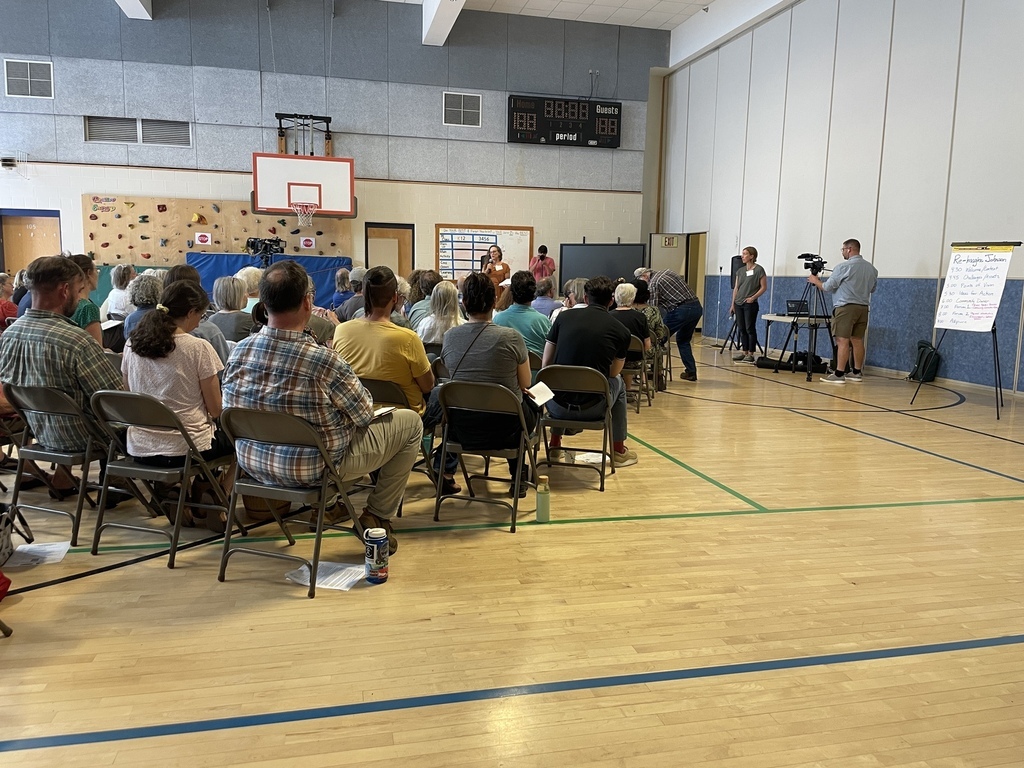Since our founding in 2011, CROs has supported communities reeling from the disruption and distress caused by climate disaster. We observed that communities with stronger support systems in place for folks experiencing everyday struggle—like neighbor networks and strong local organizations and gathering places—also fared better after acute disaster.
We have stewarded resilience teams—groups of community members planning and coordinating to meet people’s needs—and developed the Community Resilience Assessment (CRA), a tool to highlight strengths and gaps. The CRA has provided guidance to countless communities across Vermont, from towns to college campuses to grassroots groups.
The CRA is divided into four sections: Basic Needs & Services, Environment & Natural Systems, Physical Infrastructure, and Community Connections & Capacity. The assessment
- Highlights vulnerabilities and strengths;
- Demonstrates the many intertwined factors of resilience;
- Can help towns track progress in building community resilience across sectors and over time
- Collects data about community perceptions of resilience
- Creates opportunities for action on local priorities
- The Community Resilience Assessment is not designed to give a quantitative score or to make comparisons between communities.
Check out the whole Community Resilience Assessment, or take the assessment online.
If you’re interested in having our team come run the CRA for your community, get in touch.

